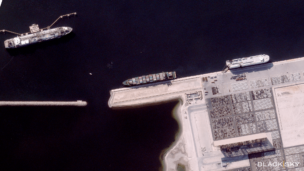Europe will launch a satellite to map the world’s forests in 3D, to hunt down illegal logging and track climate change by mapping how forests store carbon.
How it works: The satellite, called Biomass, will carry a novel radar that has not flown in space before. The instrument, fitted with a 12-m (39-foot) wide antenna, emits a low-frequency electromagnetic signal that penetrates even the thickest rainforest canopy.
Scientists will use the measurements to reconstruct tree stem and branch thickness to better understand how much carbon is stored in the planet’s tree cover.
“The Biomass satellite represents a major leap forward in our ability to understand Earth’s carbon cycle,” Paul Bate, CEO of the UK Space Agency, which is helping to fund the mission, said in a statement. “It will provide critical insights into how our planet is responding to climate change — helping scientists, policymakers, and conservationists take informed action.”
Mission specs: The mission aims to create a complete 3D map of the world’s tropical forests in 17 months. Repeated measurements during the five-year mission lifespan will uncover trends in the life of the forests—including the scope of illegal logging and deforestation.
The €470M ($535.1M) mission is funded by ESA, with contributions from 20 of the agency’s member states. Airbus Defense and Space led the construction of the sat, which also included contributions from 50 companies.
Mark your calendars: Biomass will launch from the European spaceport in Kourou, French Guiana, on Tuesday atop the European Vega-C rocket. The launch will be only the second for Vega-C since the 2022 failure.



